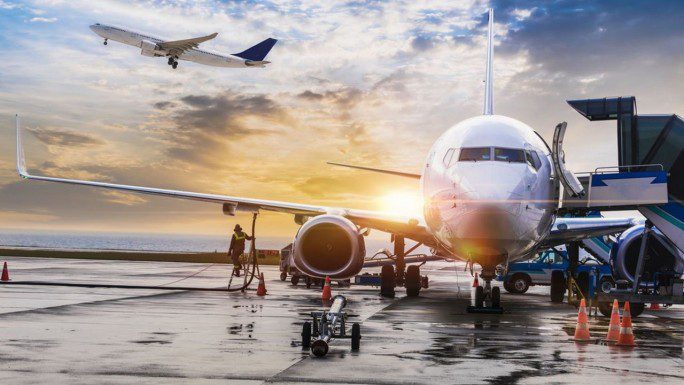Air travel, once considered a luxurious and efficient mode of transportation, has witnessed a decline in quality over the years. Passengers often find themselves facing a myriad of issues, from long security lines to cramped seating arrangements. In this blog post, we will delve into the reasons behind the deterioration of air travel, exploring the key factors that have contributed to this decline.
- Overcrowding and Increased Demand:
One of the primary reasons for the worsening air travel experience is the exponential growth in demand. As more people choose air travel as their preferred mode of transportation, airports and airlines struggle to keep up. Overcrowded terminals, longer queues, and congested flights have become the norm, leading to a decline in overall passenger satisfaction. - Security Measures and Delays:
In the wake of increased security threats, airports have implemented stringent security measures. While these measures are essential for passenger safety, they have also resulted in longer wait times and increased frustration. The need for thorough screenings, baggage checks, and body scans has significantly slowed down the boarding process, causing delays and inconvenience for travelers. - Reduced Legroom and Comfort:
In recent years, airlines have been reducing legroom and seat width to accommodate more passengers per flight. This cost-cutting measure has led to cramped seating arrangements, making long-haul flights particularly uncomfortable. Passengers often find themselves struggling for space, leading to decreased comfort and a decline in the overall flying experience. - Decline in Service Quality:
Another factor contributing to the deterioration of air travel is the decline in service quality. Airlines, in an attempt to cut costs, have reduced the number of flight attendants and onboard amenities. This has resulted in a decrease in the level of personalized service and overall passenger satisfaction. Additionally, the quality of in-flight meals and entertainment options has also suffered, further diminishing the overall flying experience. - Air Traffic Congestion:
The increase in air traffic has led to congestion in the skies, causing delays and longer flight times. As airports struggle to handle the growing number of flights, air traffic control systems become overwhelmed, resulting in extended waiting times on the tarmac. This congestion not only leads to frustration among passengers but also increases the risk of flight disruptions and cancellations.
Conclusion:
The deterioration of air travel can be attributed to a combination of factors, including overcrowding, increased security measures, reduced legroom, declining service quality, and air traffic congestion. While these issues may seem daunting, it is crucial for airlines, airports, and regulatory bodies to address them in order to improve the overall flying experience. By investing in infrastructure, enhancing security procedures, and prioritizing passenger comfort, the aviation industry can work towards restoring the quality of air travel and ensuring a more enjoyable journey for all passengers.

